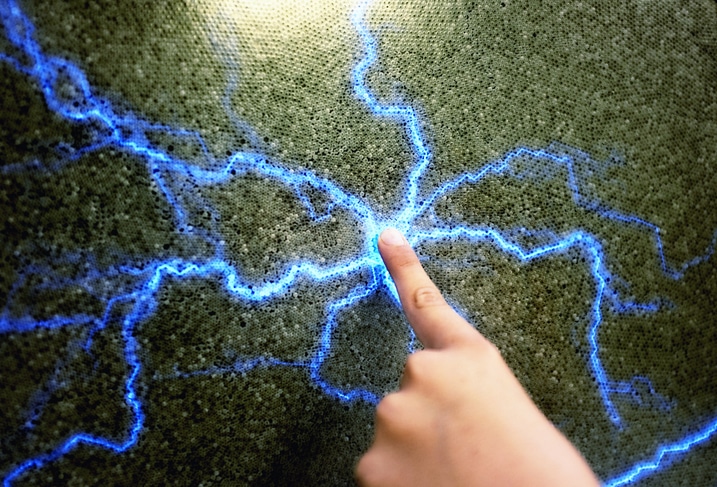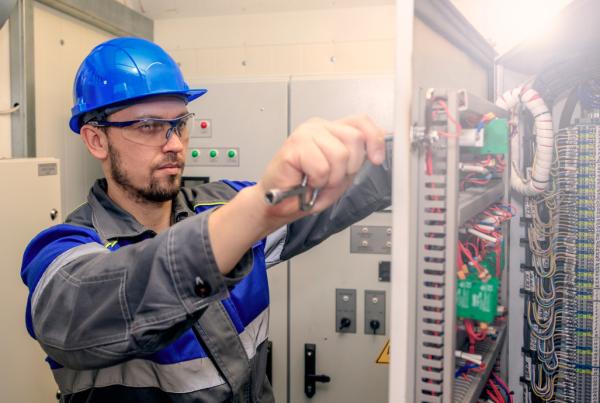The concept of static electricity has been used by magicians and tricksters for centuries to make the hair stand on end or “shock” audiences and friends. However, in the business world, static electricity is not a joke, especially when it’s being generated by your electrical systems.
As mentioned above, it tends to ‘shock’ people when they touch each other or metal objects, such as door handles, machinery, equipment, and even their trusty stapler! So, how could something as simple as static electricity affect businesses? Let’s take a look.
What Is Static Electricity & How it Affects Businesses?
Static electricity signifies an imbalance of electric charges on or inside surfaces. It may be in the form of a positive or a negative charge that remains on the surface until it comes in contact with another surface. At this point, it moves away as an electric current or a discharge.
On a small scale, these are the small sparks you see as you roll into a blanket during the winter. On a larger scale, it can be seen (and heard) in utility lines. Have you stood close to an electricity pole and hear the electrical current ‘passing’? That static electricity discharges from the electric system. Yes, it raises your hair, but it also tends to shock people when they touch a metal object.
How It Affects Businesses
The drier the season is, the more static electricity you will find. It is much more prevalent in the late fall and winter because there is little to no moisture in the air, hence no place for the charge to dissipate to. In commercial spaces where there is machinery that operates on gasoline or other flammable material or at airports, static electricity can be fairly dangerous.
All it takes is just one spark, and the airborne particles of these fuels can light up, leading to explosions. An example of this is the explosion of a toluene tank at a refinery in Kurashiki, Japan (1976).
For workplaces where there is no flammable material in the air, electronics can get fried because of the static discharge as it may create unconventional electrical bridges between different nodes.
For example, a static discharge on a computer’s motherboard may create an electrical bridge from the memory drive to a capacitor, causing the system to short circuit. The same can also happen in other electrical systems, damaging more than one machine in the process and, therefore, introducing inefficiencies and delays.
To mitigate the risk of static electricity, it is recommended that you:
- Keep humidity levels regulated in the workplace
- Buy static-proof mats or treat carpets regularly to prevent static buildup
- Refrain from using compressed air to clean circuit boards
- Don’t place plastic or polystyrene near electronics
- Have technicians wear electrostatic discharge wrist straps when working on electronic equipment.
Static electricity charges can destroy electronic equipment and electrical systems, which is why you should take the necessary precautions and prevent damage. We recommend you give Skyline Electric experts a call to see what you can do to protect larger electronic equipment and safeguard your business ventures and employees in the process.




